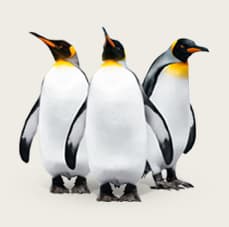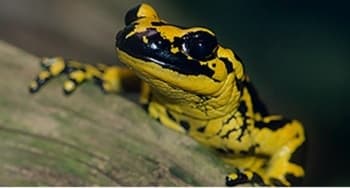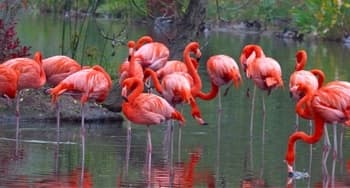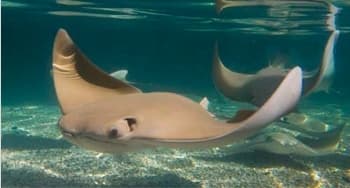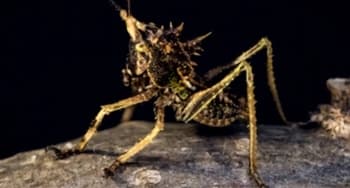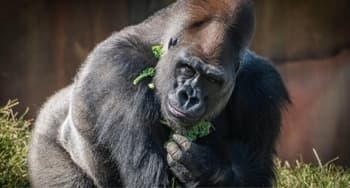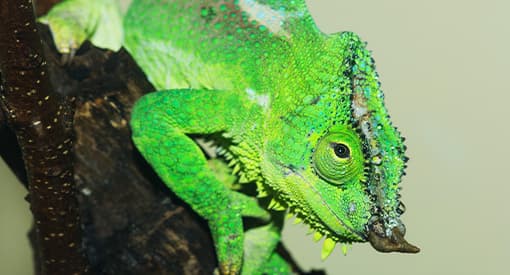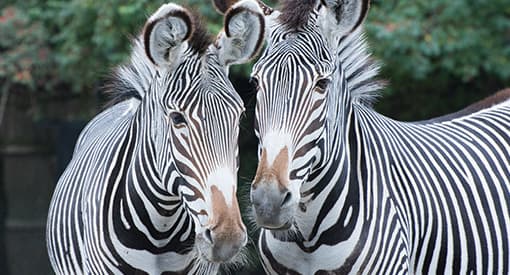Animals
The Saint Louis Zoo provides first-rate care to over 16,000 animals at the Zoo, while also supporting wildlife around the world.
16,000 Animals, 500 Species
Explore by
Caring for Animals: It’s What We Do!
It’s more than feeding animals and keeping their habitats clean. We are devoted to providing enrichment and nutrition while putting our research and best practices to use. Learn more about how we care for animals.
What makes an animal, an animal?
These are five characteristics that define most animals.
-
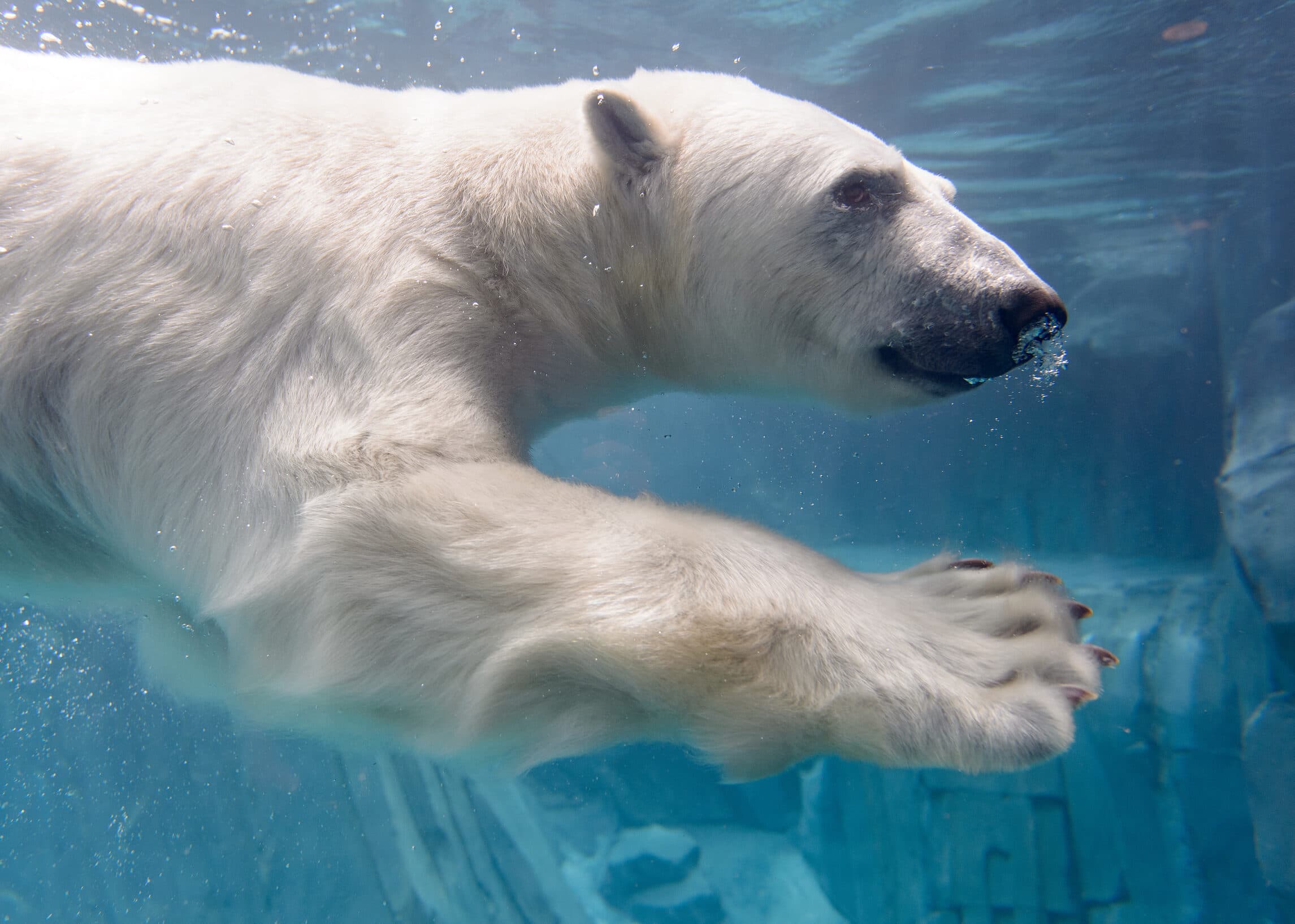
Are made of multiple cells
-
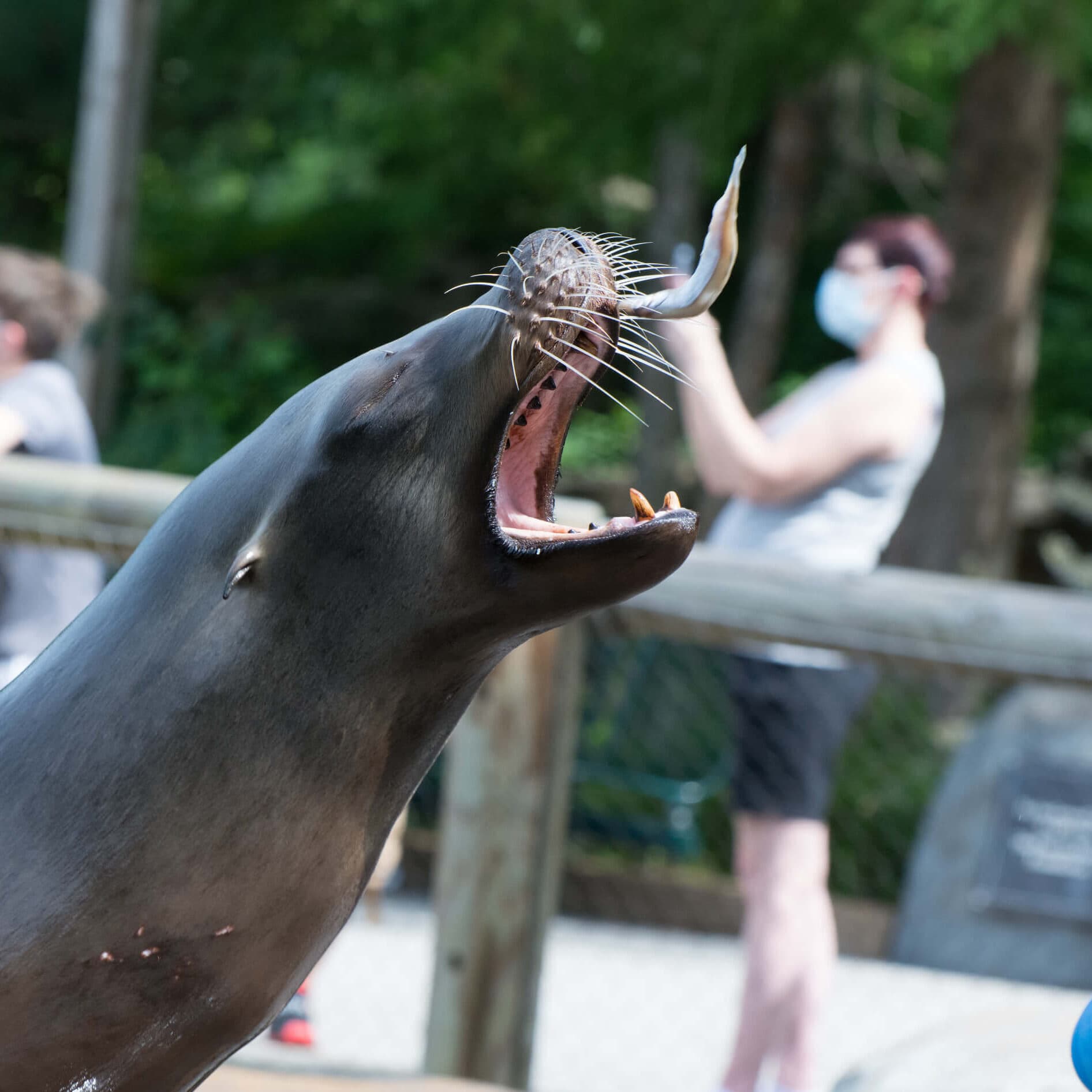
Eat living things for nutrients
-
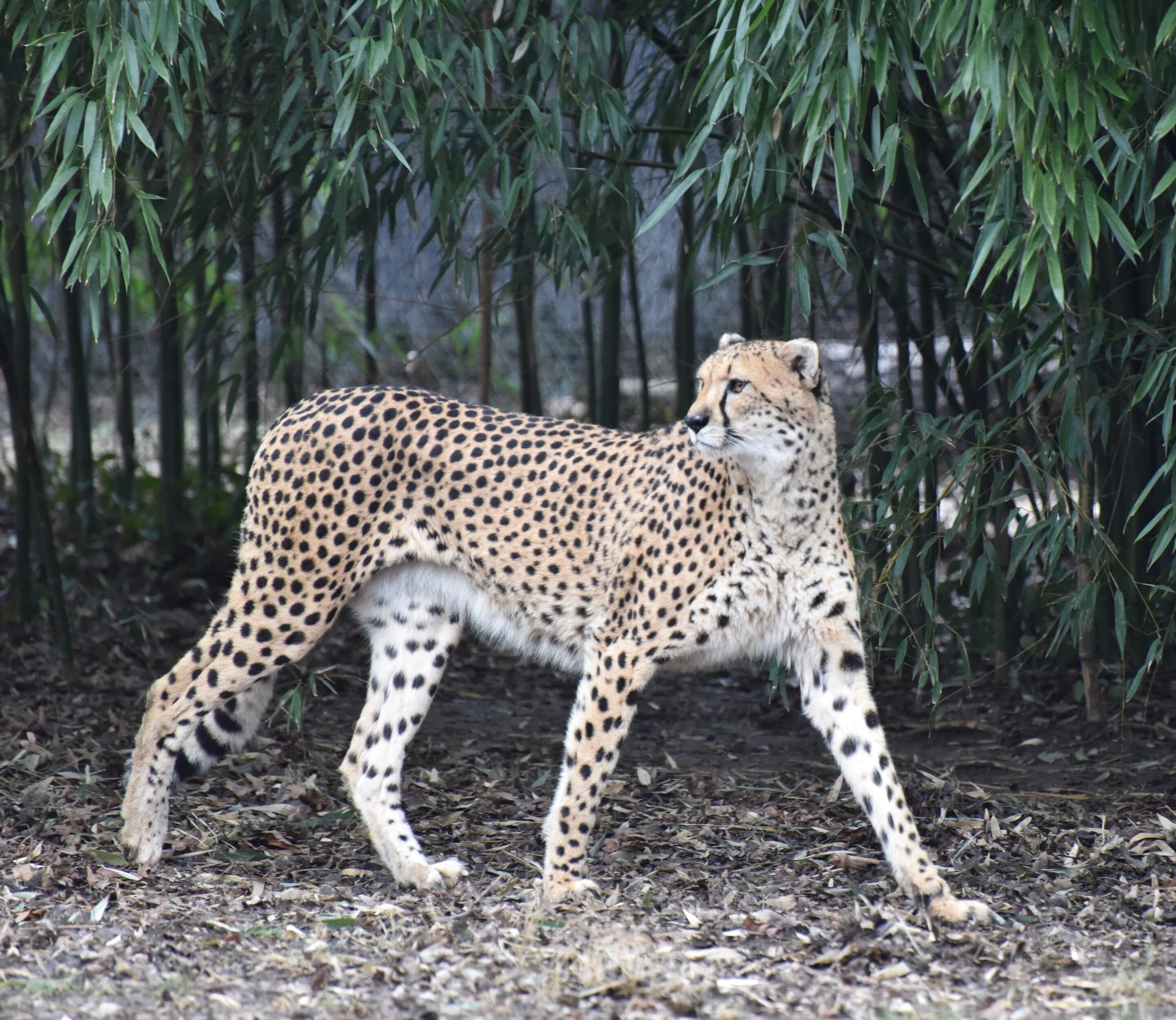
Physically move from place to place
-

React quickly to their environment
-
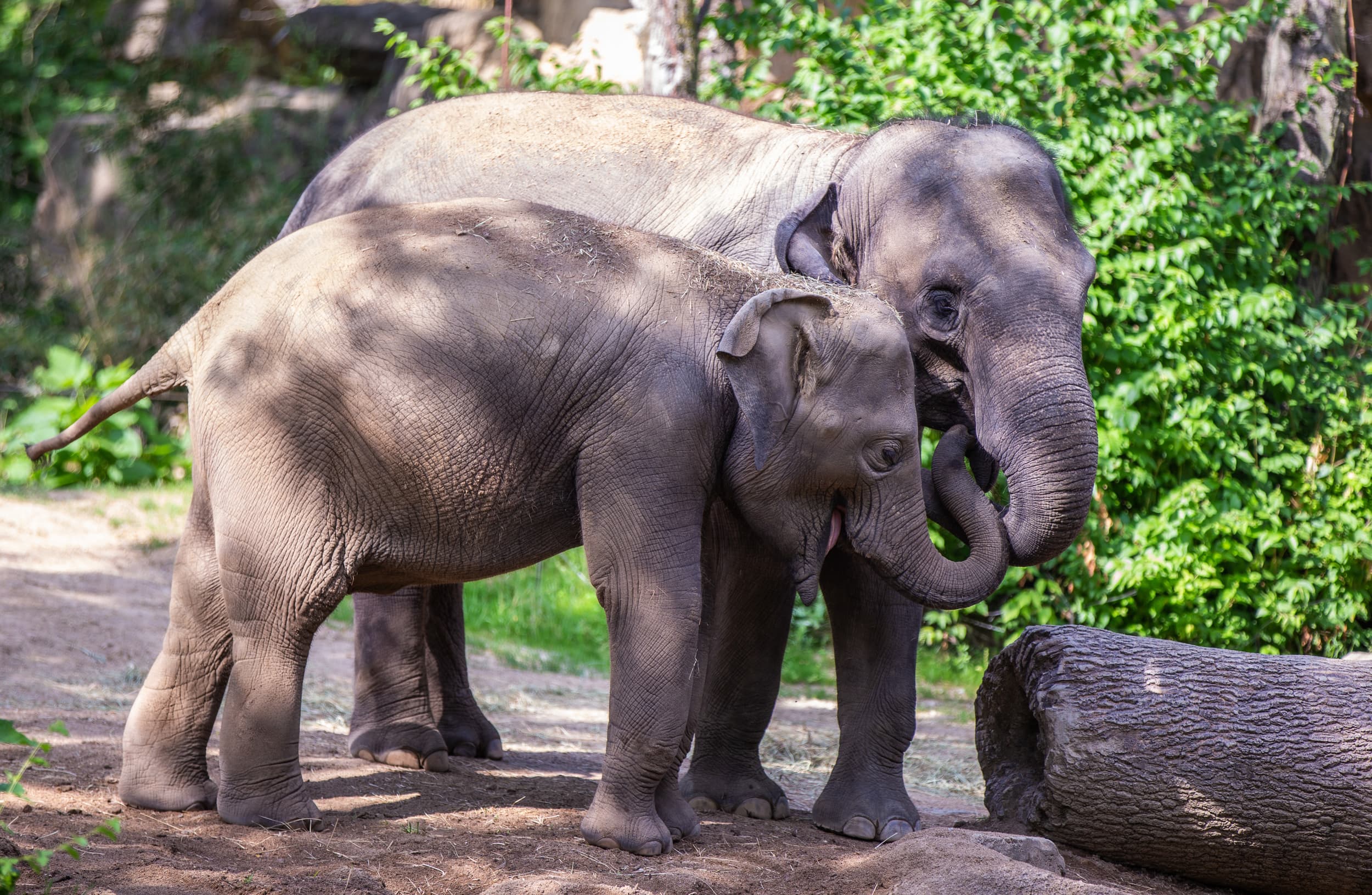
Propagate by sexual reproduction
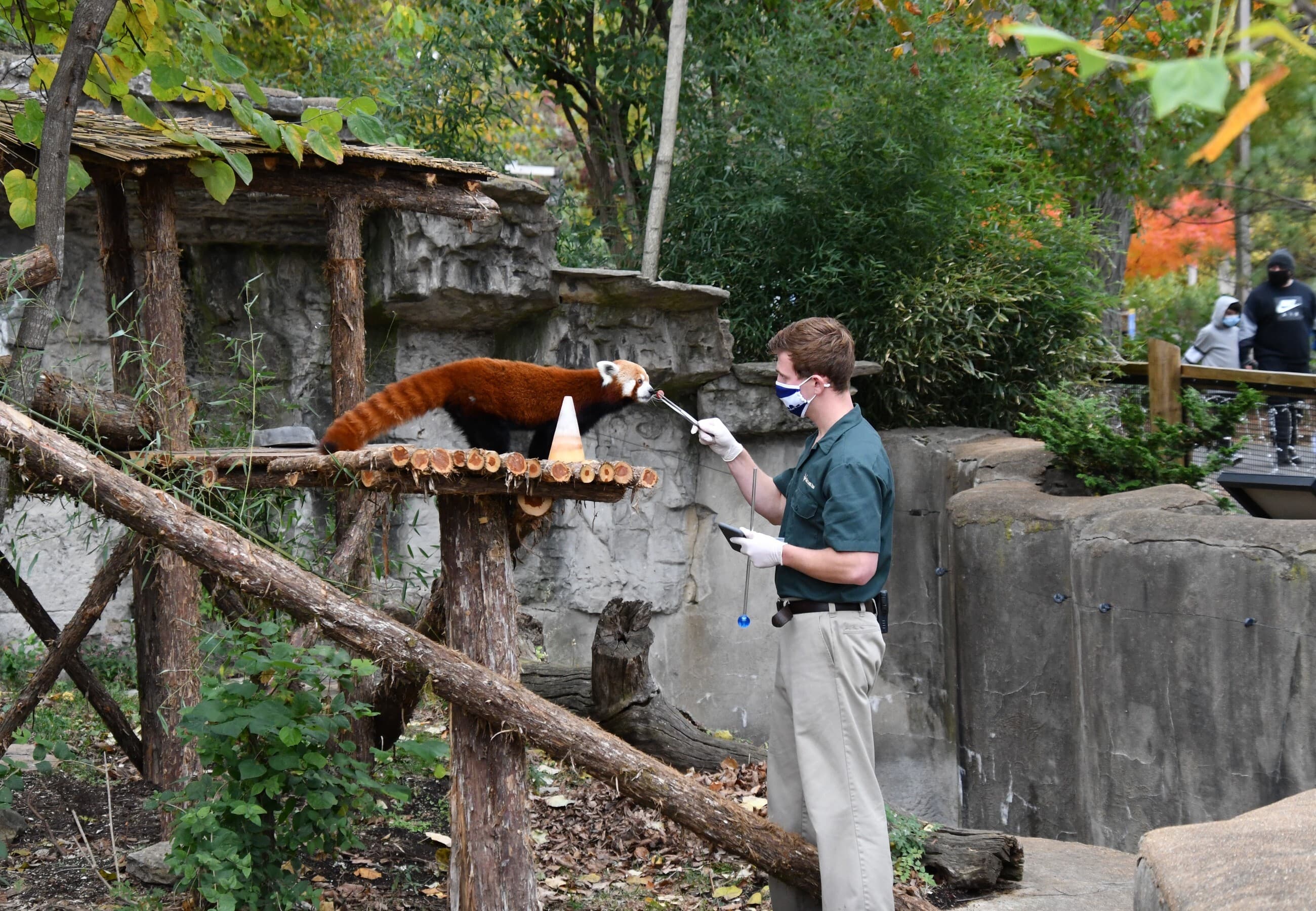
So, you want to be a keeper?
We are happy to help people understand how to prepare for a career in zoos, aquaria and similar wildlife organizations.

